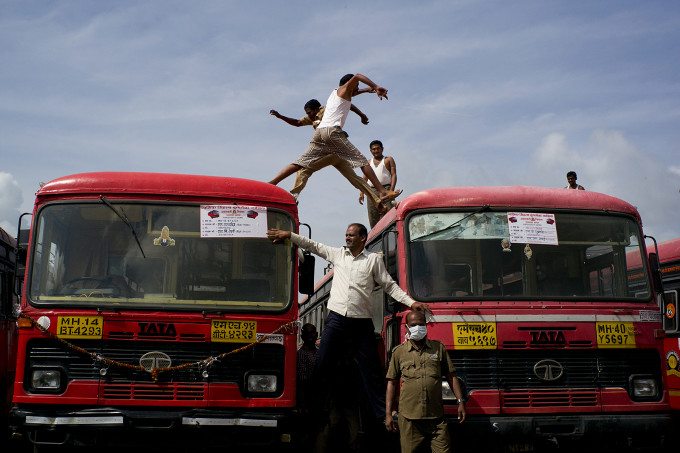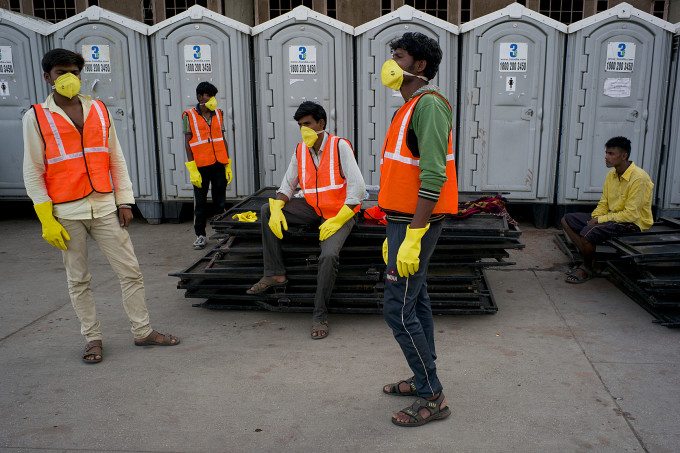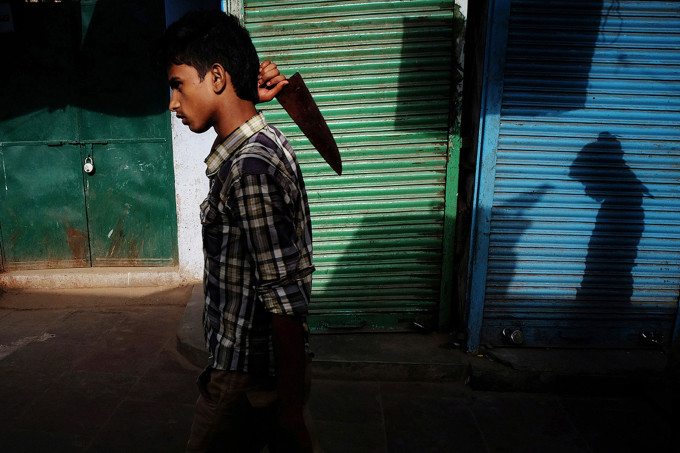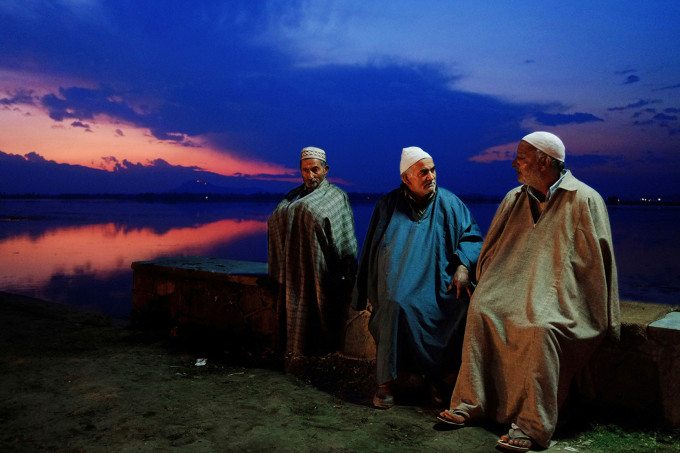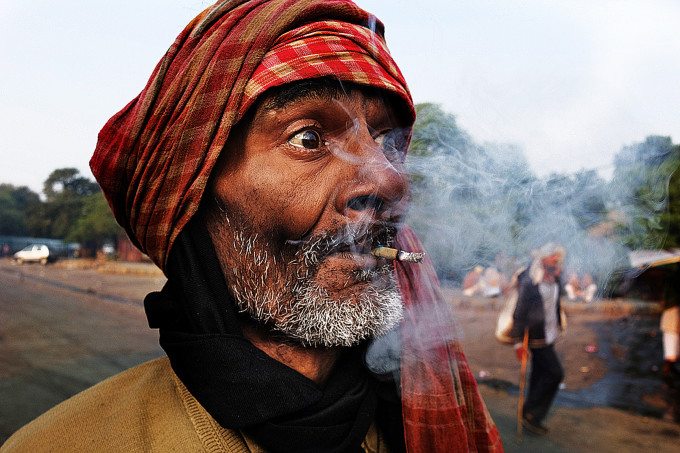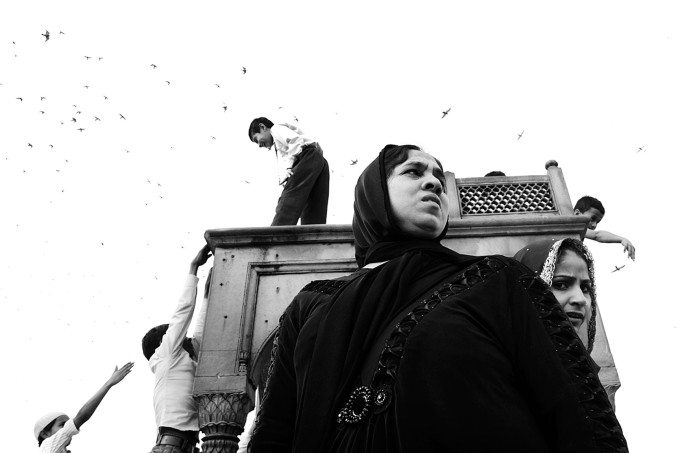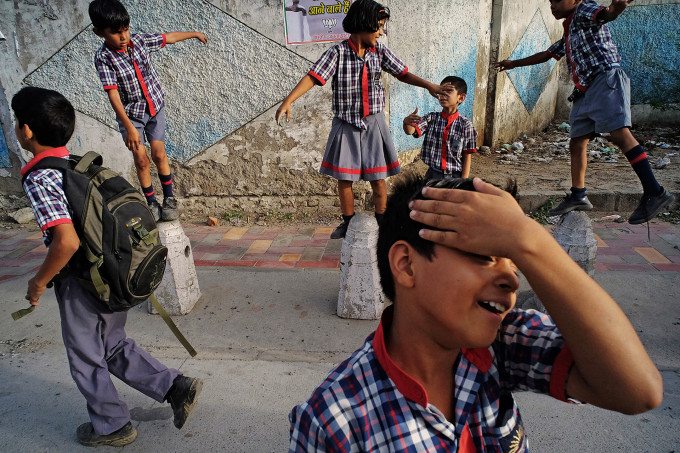All photographs are copyrighted and used with permission by Vineet Vohra.
Some photographers make zines, others run websites, and some publish full-fledged magazines. The latter applies to Vineet Vohra, an India-based street photographer, who cofounded Art Photo Feature with his brother Rohit, also a street photographer. While Vineet is an avid street photographer, he doesn’t confine the magazine to just that genre. Here he shares insights to the genre he loves and what it’s like to run a magazine.
Phoblographer: One of the inherent difficulties of shooting in color is that color can often 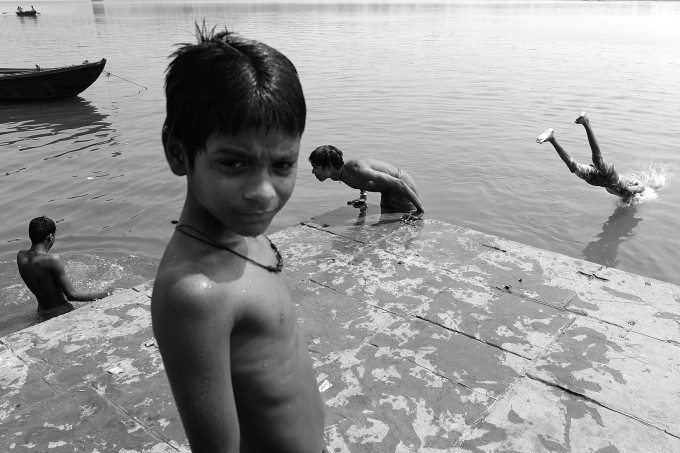 distract, but in many of your photographs, color is as integral as the people. How have you learned to balance color with other elements in the frame?
distract, but in many of your photographs, color is as integral as the people. How have you learned to balance color with other elements in the frame?
Vineet: The two most important elements of street photography are composition & content. We are living in a world where an average life of an image is three seconds and if the viewer doesn’t like it he moves forward and scrolls for something better, to read content it takes slightly longer, as our human brains are tuned to get attracted to certain colors all I just try is to maintain a little harmony and play a little more with colors, make them stop a little more so that they can pay attention to content too.
Phoblographer: What is it about street photography that pulls you over other genres?
Vineet: Street is very challenging and offers you surprises everyday, the joy of looking at new actors, new stage, new movie & new lighting conditions draws me into this genre everyday and that makes me love what I do & do what I love every minute.
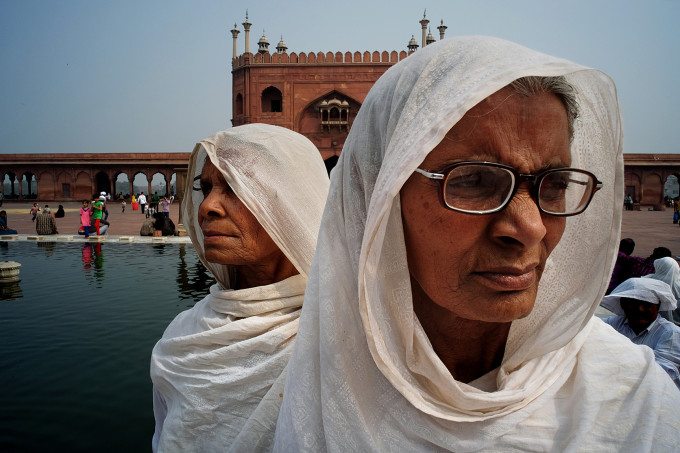
Phoblographer: One of the perils of street photography is the potential for conflicts. Have you had any testy situations on the street, and if so, how have you dealt with them?
Vineet: I remember this particular incident of a mosque in Delhi where I was shooting while everyone else around me was offering prayers, i was the only one standing when everyone around me kneeled down to offer prayers, it was totally insensitive on my part as I didn’t do enough research, I was called upon by one of the guards & was kept under surveillance for two hours, I apologized and wished them Eid and it was all sorted, I would say smile and be honest of what you are doing, it makes all the difference.
Phoblographer: How did you hatch the idea for Art Photo Feature, and what was the planning 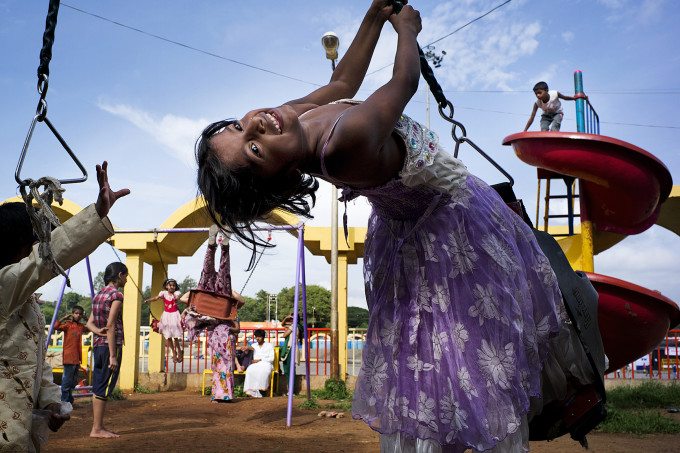 process?
process?
Vineet: In 2011 I formed APF (artphotofeature.com) along with my brother, Rohit Vohra, who is also a street photographer. APF is born from an education imperative, it’s an evolving magazine where we recognise fresh talent. The intent is to provide a platform for emerging photographers, artists & designers to showcase their works, works that are not necessarily commercial, to create opportunities and open new doors. The subjects explored are broad, in terms of concepts, styles and techniques. We want to explore the limits and possibilities.
Phoblographer: What have you learned as a photographer through running a photography magazine?
Vineet: The key to any learning process is to unlearn everyday and be a beginner the minute you step out, APF helps me do that everyday as I am looking at so much art and photography everyday. It’s an institution for me.
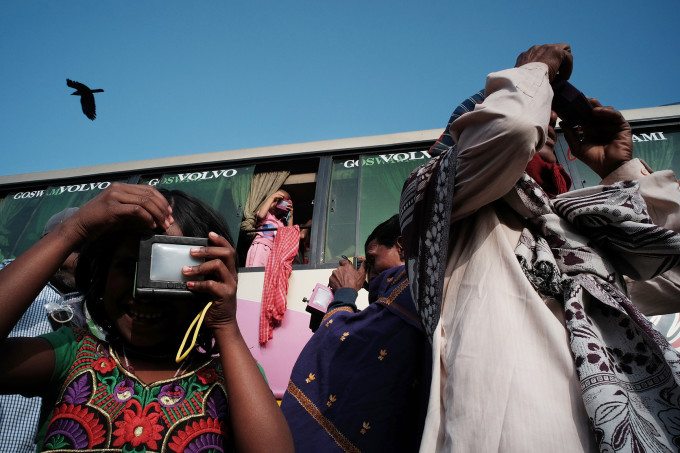
Phoblographer: What is one piece of advice you’d give to beginning street photographers?
Vineet: Be receptive at all times, inspiration finds you. DO STREET FOR YOURSELF. Street photography is a discipline you force on yourself & do it for the little joys you derive from it, I would say this is the most challenging genre but the bliss one achieves is directly proportional & totally at a different level, NO MANIPULATION SHOULD BE DONE, manipulation should only be done through the viewfinder in how you compose the frame, not on the computer or staging artists. Street photography is not only about capturing serendipitous moments or fitting as many layers of different people or objects into a frame. In fact, this is something that we all see way too much. Often, it’s best to minimalise photos and search for the ‘little details’ – the minutest hints about life that everyone else seems to miss. Look at the details: a person’s hands, an expression, clothing, or a single object framed very close (doors, windows or even clothes put to dry on a string). Be yourself, believe in yourself.

